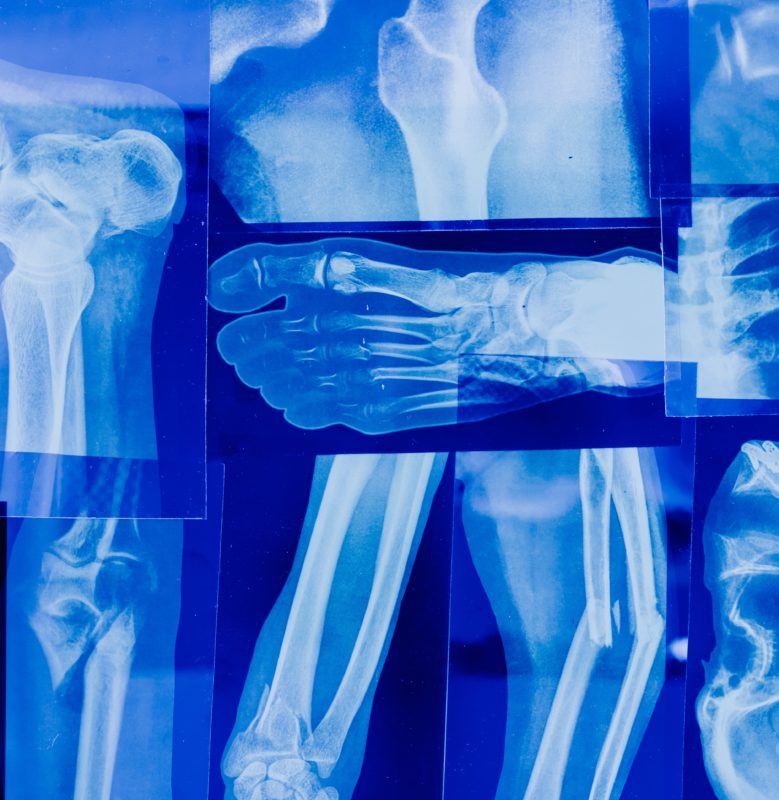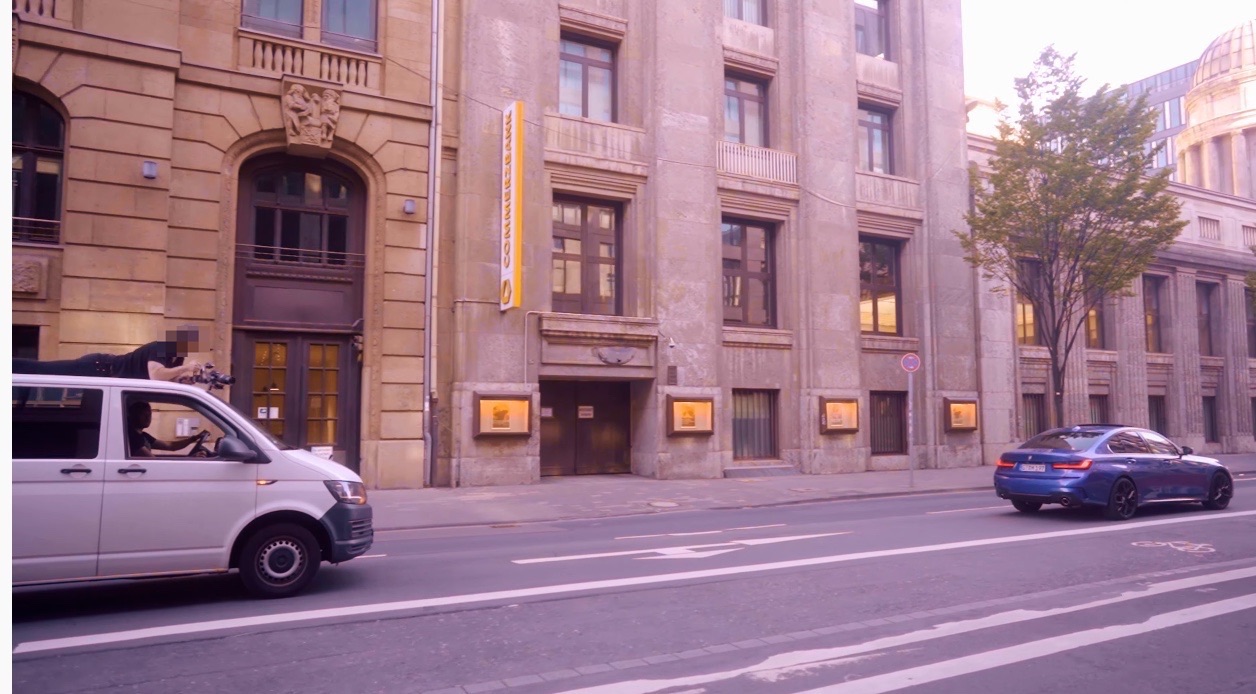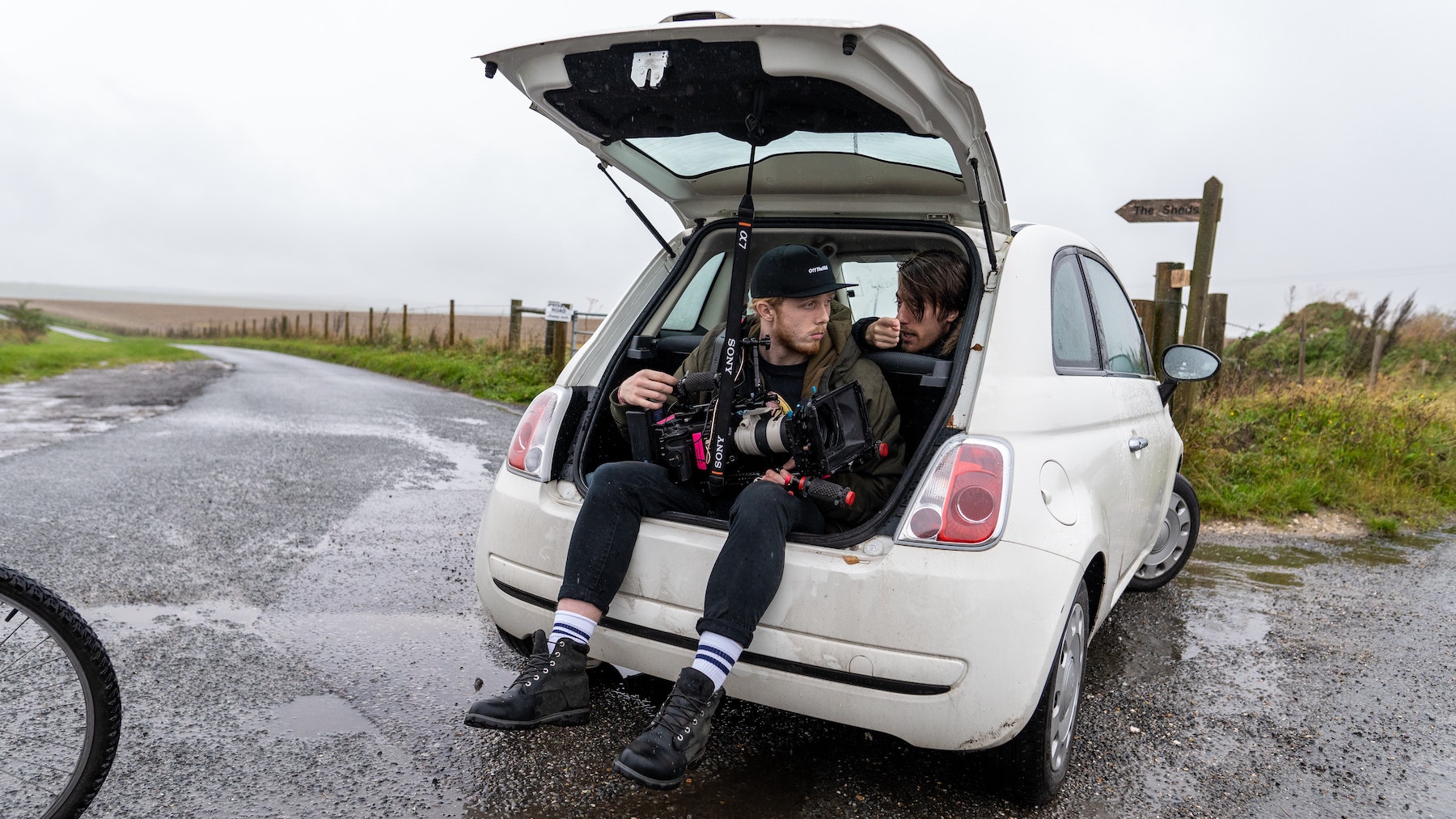There are a few ways to make lots of money in film and TV at the moment. The thing is, while lots of people still want to shoot beautiful single-camera drama, it’s a lot easier just to go on YouTube and feign surprise at things. Cut together a sequence of a dozen people each shattering a femur on a patch of ice, stick an astonished expression on the thumbnail, and wait for the almighty algorithm to decide when it’s time for you to be rich.

This reality does not interact kindly with the still-common desire to make a living from more conventional film and TV work. Of course, the desire for excitement is universal. Nobody at a user-generated content aggregator or in a broadcaster’s C-suite cares about documentaries unless there’s a tear-streaked celebrity in the trailer or the crew is stretchered home with pieces of shrapnel lodged in their extremities. Still, the traditional model had its benefits, mainly because producing entities typically had a lot to lose if someone didn’t make it back. Even that didn’t always quite work out, as the late, great Mo Amin infamously discovered while working for the BBC in Ethiopia in 1991. While there’s probably a lot of hits to be gained from a video about operating an ENG camera with only one arm, it’s a sobering reminder of what can happen even when experienced people are being careful.
To some extent, the risks arise from less experienced people being distracted by thoughts of that elusive gold play button. Just as much, though, it’s becoming quite deliberate. In the last week, two pieces of video – which we won’t lend the oxygen of publicity by citing – have been circulating, both depicting people sitting in or on moving vehicles with the doors open, clutching gimbals. One of them even uses a thumbnail image of a man lying on top of a van (yes, literally, lying on top of a van) as it travels an open, working street in a major city. We’re told it was done early in the morning on near-deserted streets as if that prevents someone falling into the path of the picture vehicle.

Many of the people reading this will have uncomfortable memories of getting away with things almost this bad, although usually in the knowledge that it was a means to an end, as opposed to a means to a clickbait thumbnail. Your correspondent, as a student, once rode with his legs sticking out the back of a Volvo with the tailgate up, although at walking pace, being followed by a human not a car, and not on a public road. He wouldn’t do it now.
Deliberately showcasing this sort of technique is a sort of meta-irresponsibility, because it not only leverages the frisson of risk as a promotional tool, it encourages imitation – and it’s easy to see why when we consider the situation with drones. For a long time, most of the best, most exciting and interesting drone footage on the internet has been illegally shot, because in most jurisdictions the restrictions on what can be done are huge. To compete, then, drone pilots are incentivized to play fast and loose with the rules, and so are more conventional filmmakers.
Greybeards might complain that these issues are provoked by smaller, cheaper equipment, but that’s tough to substantiate. Gimbals make things smoother and GoPros make things more portable, perhaps, but it was always theoretically possible to take similarly ill-advised risks with an Arri S. People just didn’t, because, Jackass notwithstanding, advertising agencies and broadcasters generally wouldn’t pay for it. Websites will, while, probably, disclaiming any responsibility for what users do in pursuit of exciting footage in bland statements discouraging risk-taking behaviour. So long as deaths and serious injuries are kept down to a level that society finds acceptable, we’re likely to be stuck with the assumption that the situation is somehow self-policing, even though every indication is of a race to the bottom.
Professional organizations are often mentioned in situations like this, although they’re unlikely to represent a solution. In the first-world countries where they’re most powerful, the practical effect of film and TV unions is generally to look after people who are already fairly well looked after, working on traditional film and TV productions with lots of money and reasonable safety practices. Some of those organizations have even risked devaluing safety culture by leveraging it as a means to create a closed shop by the back door, campaigning to prohibit things (or at least make them uninsurable, which is more or less the same thing) by claiming they’re unsafe. The fact that the very same outcome also tends to protect a very specific class of jobs is, we must assume, coincidental.

Regardless, none of this helps YouTubers. YouTube is, by the standards of conventional film and TV, a massively significant distributor which relies on almost comically one-sided and unilateral agreements with its producing entities. As such, efforts to organize creators – perhaps most significantly Jörg Sprave’s YouTubers Union – have focused on contractual issues, not safety. In any case, it’s reasonable to expect that much of the membership would be horrified by any attempt to restrict what they’re allowed to do in pursuit of that open-mouthed poster frame.
And that’s a reasonable fear. With enough effort, it’s possible to build a safety case that almost any task requires expensive specialists. Much as well-paid union members might like lowballing wannabes to vanish, it’s become very clear in the crew shortage of 2021 that the next generation of well-paid union members must have somewhere to get their ab-initio training. Unnecessary paranoia, or abuse of safety culture for political ends, must not become prohibitive, for either art or industry’s sake.
It’d be nice, though, if we can find some way of prohibiting people from duct-taping themselves to cars and driving through downtown.

Filmtools
Filmmakers go-to destination for pre-production, production & post production equipment!
Shop Now












